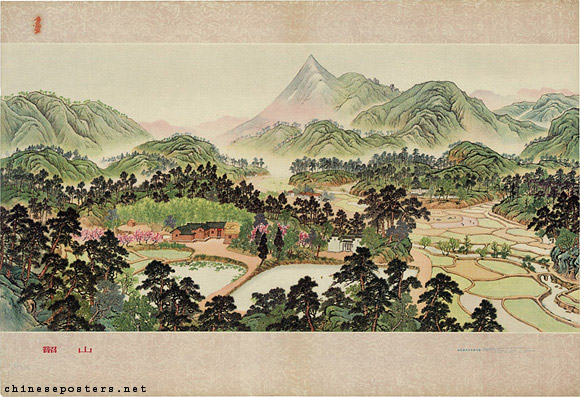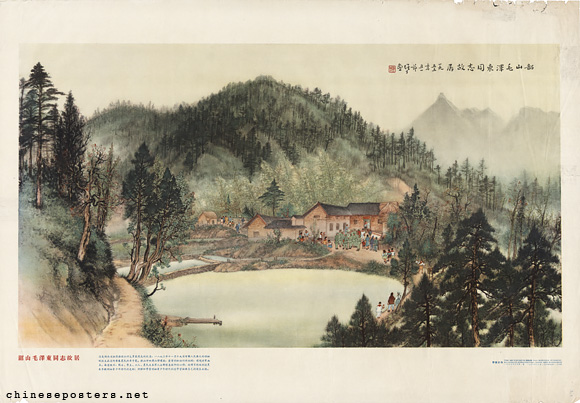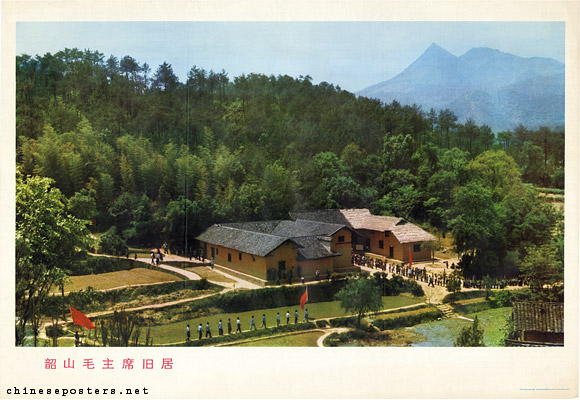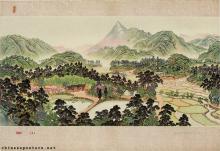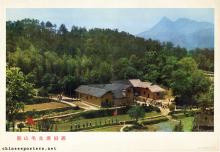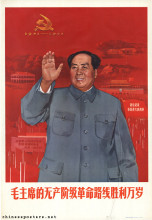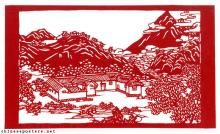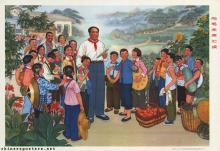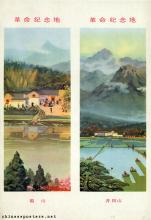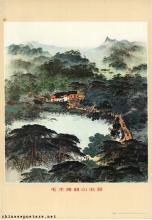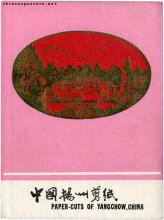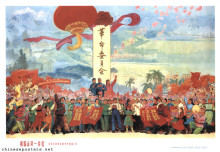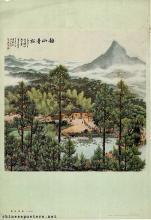Shaoshan (韶山), Hunan Province, is a small village some 100 kilometers from the provincial capital Changsha. On 26 December 1893, Mao Zedong was born here. Mao’s old home, a more substantial house than the others, is in a small side alley just below the village square. During the Cultural Revolution, Shaoshan became the sacred place of pilgrimage for millions of Chinese, eclipsing destinations such as Jinggangshan (the cradle of the Communist Party), Zunyi (where Mao had become the leader of the Party), the Luding Bridge (where a heroic crossing over the Dadu River took place), and Yan’an (the revolutionary base area where the Party’s policies had emerged and matured during the 1930s and 1940s). In the peak year of revolutionary networking (串联, 1966), some three million people visited the village.
Comrade Mao Zedong's former residence in Shaoshan, 1955
Mao’s ancestral home was restored in the early 1950s. The village as a whole greatly benefitted from the posting of Hua Guofeng in Xiangtan, the district in which Shaoshan is located. By personally overseeing various projects, including an irrigation project, he was able to catch Mao’s attention in an early phase. This boosted his political capital in the following years.
Chairman Mao’s former residence Shaoshan, 1974
Chairman Mao’s former residence Shaoshan, 1971
Whereas Mao himself only returned twice (in 1959 and 1966) to his native village after the founding of the PRC, all national leaders have made their pilgrimage to Shaoshan over the years.
The pine trees of Shaoshan, 1977
Sources:
John Gittings, Real China - From Cannibalism to Karaoke (London, etc.: Simon & Schuster, 1996)
Shaoshan Mao Zedong jinianguan (eds), Mao Zedong shenghuo dang’an (quan san juan) [Life File of Mao Zedong (3 vols.)] (Beijing: Zhonggong dangshi chubanshe, 1999) [in Chinese]
